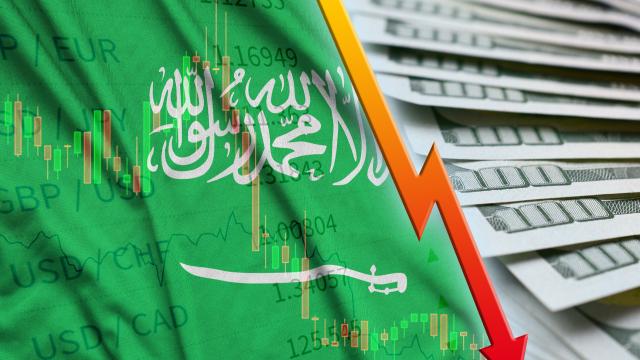
Saudi Arabia sought to reassure the oil market on Sept. 17 that it has the ability to keep customers well-supplied despite attacks on its key facilities, sending crude prices sharply lower and reversing part of yesterday’s spike.
The kingdom’s crude oil production was cut by more than half at the weekend by strikes on its critical Abqaiq oil processing facility and a major oilfield, sending shockwaves through global markets and prices up by as much as 20% on Monday.
People briefed on the extent of the damage at Abqaiq, which processes more than 70% of the kingdom’s normal output, have warned it could take months before full production is restored.
RELATED:
- Oil Prices Surge Nearly 20% After Attack On Saudi Facilities Hits Global Supply
- Opinion: Hedge Funds Turned Bullish On Oil Before Saudi Attacks
But oil prices fell sharply on Tuesday, dropping more than 6%, after a report the kingdom was close to restoring more than two-thirds of its lost output and could return to full production capacity by early next month.
Three people close to the Saudi Arabian energy ministry cautioned, however, the report by Reuters, which cited unnamed sources, was optimistic and did not fully account for the severity of the damage at the Abqaiq facility.
One of the people said full repairs were still expected to last until at least the end of October and that the 70% figure included utilizing oil held in storage by the kingdom, rather than a swift resumption of such a high percentage of the lost output.
Another said Saudi Arabia was worried by the extent of the oil price jump on Monday and was trying to calm the market by presenting a rosier outlook, fearing the US and its allies could flood the market with their emergency oil reserves.
Saudi Arabia’s energy minister, Prince Abdulaziz bin Salman is due to give a press conference around 6pm London time this evening, in his first media appearance since the weekend.
Brent crude, the international benchmark, fell as much $4.76 a barrel immediately after the report to $64.24 a barrel, before recovering to near $65.55 a barrel. US benchmark West Texas Intermediate lost $3.40 to $59.50 a barrel.
Recommended Reading
Texas LNG Export Plant Signs Additional Offtake Deal With EQT
2024-04-23 - Glenfarne Group LLC's proposed Texas LNG export plant in Brownsville has signed an additional tolling agreement with EQT Corp. to provide natural gas liquefaction services of an additional 1.5 mtpa over 20 years.
US Refiners to Face Tighter Heavy Spreads this Summer TPH
2024-04-22 - Tudor, Pickering, Holt and Co. (TPH) expects fairly tight heavy crude discounts in the U.S. this summer and beyond owing to lower imports of Canadian, Mexican and Venezuelan crudes.
What's Affecting Oil Prices This Week? (April 22, 2024)
2024-04-22 - Stratas Advisors predict that despite geopolitical tensions, the oil supply will not be disrupted, even with the U.S. House of Representatives inserting sanctions on Iran’s oil exports.
Association: Monthly Texas Upstream Jobs Show Most Growth in Decade
2024-04-22 - Since the COVID-19 pandemic, the oil and gas industry has added 39,500 upstream jobs in Texas, with take home pay averaging $124,000 in 2023.
Shipping Industry Urges UN to Protect Vessels After Iran Seizure
2024-04-19 - Merchant ships and seafarers are increasingly in peril at sea as attacks escalate in the Middle East.



